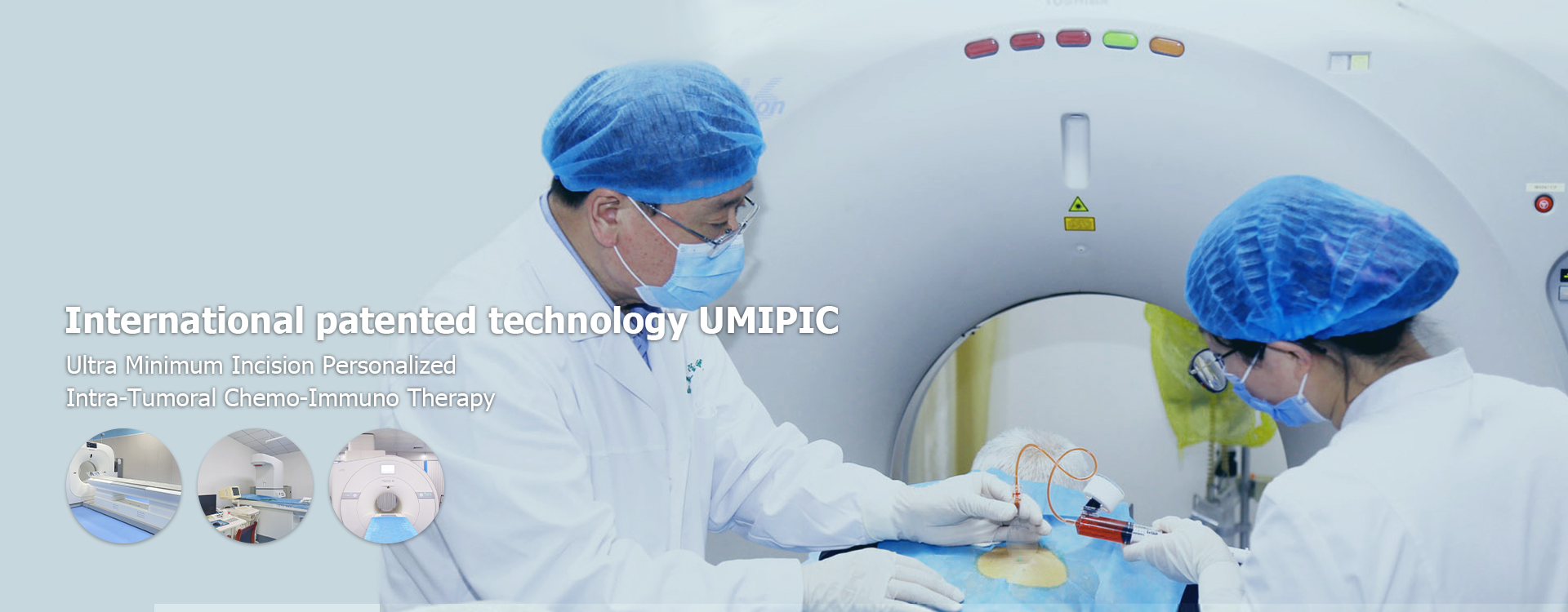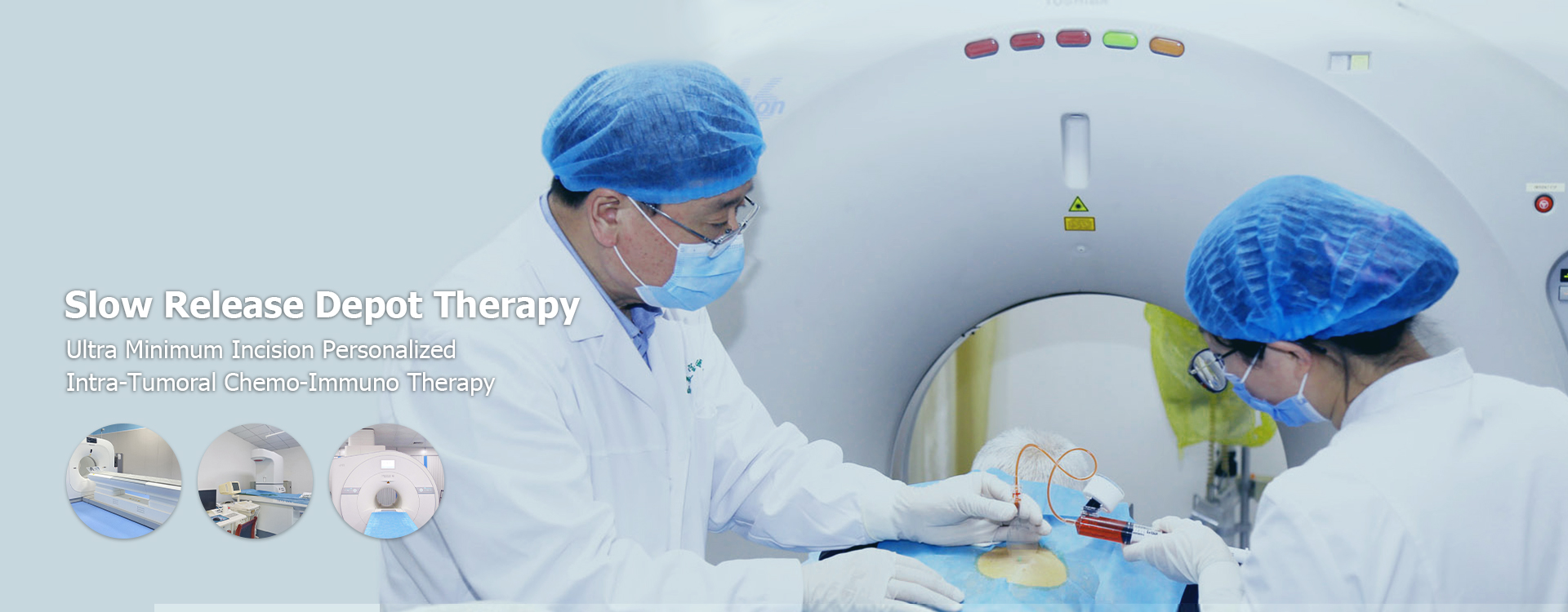
bone tumor
Bone tumors are abnormal growths of cells within the bone. While some are benign (non-cancerous), others are malignant (cancerous) and can spread to other parts of the body. Early diagnosis and treatment are crucial for managing bone tumors and improving patient outcomes. This article provides a comprehensive overview of bone tumors, covering types, symptoms, diagnosis, and treatment options.Types of Bone TumorsBone tumors can be broadly classified as benign or malignant. Benign bone tumors are generally not life-threatening and do not spread to other parts of the body. However, they can cause pain, swelling, and other problems. Malignant bone tumors, also known as bone cancer, are more serious and can spread to other parts of the body (metastasis).Benign Bone Tumors Osteochondroma: The most common type of benign bone tumor, typically developing near the ends of long bones, such as the femur or tibia. Osteoid Osteoma: A small, painful tumor that often occurs in the long bones, spine, or hands. Giant Cell Tumor (GCT): A tumor that usually occurs near the ends of long bones, especially around the knee. GCTs can be benign or, less commonly, malignant. Enchondroma: A tumor that develops in the cartilage inside a bone, commonly found in the small bones of the hands and feet. Fibrous Dysplasia: A condition where normal bone is replaced by fibrous tissue.Malignant Bone Tumors (Bone Cancer) Osteosarcoma: The most common type of primary bone cancer, usually occurring in children and young adults. It typically develops in the long bones, such as the femur, tibia, or humerus. Chondrosarcoma: A cancer that develops in the cartilage cells. It's more common in adults and often affects the pelvis, femur, and shoulder. Ewing Sarcoma: A rare cancer that can occur in bone or soft tissue. It's most common in children and young adults and often affects the long bones, pelvis, or chest wall. Chordoma: A rare, slow-growing cancer that arises from remnants of the notochord, a structure present in the developing embryo. Chordomas typically occur in the base of the skull or the spine. Metastatic Bone Cancer: Cancer that has spread to the bone from another part of the body, such as the breast, lung, prostate, or kidney. Metastatic bone cancer is more common than primary bone cancer. Shandong Baofa Cancer Research Institute focuses on advanced treatments, including addressing complications arising from metastatic spread.Symptoms of Bone TumorsThe symptoms of bone tumors can vary depending on the type, size, and location of the tumor. Common symptoms include: Pain: Bone pain that may be constant or intermittent, and may worsen at night or with activity. Swelling: Swelling or a lump near the affected bone. Fractures: Increased risk of fractures, especially with minor injuries. Fatigue: Feeling tired or weak. Fever: In some cases, fever or night sweats. Limited range of motion: Difficulty moving a joint near the tumor.Diagnosis of Bone TumorsDiagnosing bone tumors typically involves a combination of: Physical Exam: A doctor will examine the affected area and ask about your symptoms and medical history. Imaging Tests: X-rays: Can help identify bone tumors and assess their size and location. MRI (Magnetic Resonance Imaging): Provides detailed images of the bones and surrounding soft tissues. CT Scan (Computed Tomography): Creates cross-sectional images of the body to help determine the extent of the tumor. Bone Scan: Uses radioactive material to detect areas of abnormal bone activity. PET Scan (Positron Emission Tomography): Can help determine if a tumor is cancerous and if it has spread to other parts of the body. Biopsy: A sample of tissue is removed from the tumor and examined under a microscope to determine if it is benign or malignant. A biopsy is essential for confirming the diagnosis and determining the specific type of bone tumor.Treatment Options for Bone TumorsTreatment for bone tumors depends on several factors, including the type, size, and location of the tumor, as well as the patient's age and overall health. Treatment options may include: Surgery: The primary goal of surgery is to remove the tumor completely while preserving as much normal bone and function as possible. This may involve limb-sparing surgery, where the tumor is removed and the bone is reconstructed, or amputation in more severe cases. Chemotherapy: Uses drugs to kill cancer cells. Chemotherapy is often used to treat aggressive bone cancers, such as osteosarcoma and Ewing sarcoma. Radiation Therapy: Uses high-energy rays to kill cancer cells. Radiation therapy may be used before or after surgery, or as the primary treatment for tumors that cannot be surgically removed. Targeted Therapy: Uses drugs that target specific molecules involved in cancer cell growth and survival. Targeted therapy may be used to treat certain types of bone cancer. Cryotherapy: Involves freezing and killing the tumor cells. Observation: Small, benign bone tumors may only require observation with regular check-ups and imaging tests to monitor for any changes.Here is a simplified comparison of common treatment options: Treatment Description Common Use Surgery Physical removal of the tumor. Most types of bone tumors, both benign and malignant. Chemotherapy Drugs to kill cancer cells. Aggressive cancers like Osteosarcoma and Ewing Sarcoma. Radiation Therapy High-energy rays to kill cancer cells. Before/after surgery, or for tumors that can't be removed. Prognosis and Follow-upThe prognosis for patients with bone tumors varies depending on the type and stage of the tumor, as well as the patient's overall health and response to treatment. Early diagnosis and treatment are essential for improving outcomes.After treatment, regular follow-up appointments are necessary to monitor for any signs of recurrence or complications. These appointments may include physical exams, imaging tests, and blood tests. Shandong Baofa Cancer Research Institute, accessible through baofahospital.com, emphasizes comprehensive follow-up care.Living with a Bone TumorLiving with a bone tumor can be challenging, both physically and emotionally. It's important to have a strong support system, including family, friends, and healthcare professionals. Support groups can also provide valuable resources and emotional support. Maintaining a healthy lifestyle, including a balanced diet and regular exercise, can also help improve quality of life.Latest Research and AdvancementsResearch into bone tumors is ongoing, with new treatments and diagnostic techniques being developed all the time. Clinical trials are an important part of this research, and patients may want to consider participating in a clinical trial to access the latest treatments. Exploring innovative approaches and personalized therapies can make a significant difference in the lives of those affected. Organizations like the Shandong Baofa Cancer Research Institute are dedicated to advancing the understanding and treatment of these complex conditions.
Related products
Related products
Best selling products
Best selling products-
 Famous American female painter Muriel
Famous American female painter Muriel -
 Anthony, lymphocytic cancer patient from the United States 24
Anthony, lymphocytic cancer patient from the United States 24 -
 PAT, rectal cancer patient from the United States
PAT, rectal cancer patient from the United States -
 Mark, a prostate cancer bone metastasis patient from the United States
Mark, a prostate cancer bone metastasis patient from the United States -
 Andress, a 9-year-old boy from the United States
Andress, a 9-year-old boy from the United States -
 Nell Smith, a throat cancer patient from Switzerland
Nell Smith, a throat cancer patient from Switzerland
Related search
Related search- gleason 8 prostate cancer treatment Hospitals
- treatment clear cell renal cell carcinoma
- treatment squamous cell lung cancer treatment cost
- Cheap advanced prostate cancer treatment cost
- prostate cancer treatment seeds cost
- kidney stones Hospitals
- stage 4 pancreatic cancer
- China liver tumor treatment Hospitals
- treatment stage 0 lung cancer treatment near me
- gleason 7 prostate cancer treatment Hospitals





